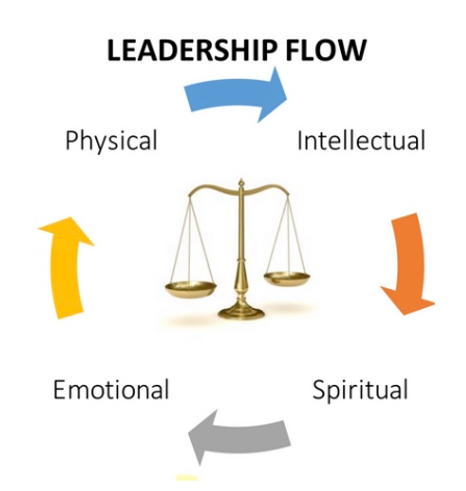Feedback can be the difference between poor performance and achieving excellence. Recent research shows that 4/10 staff are actively disengaged if they receive no, or poor, feedback from their management. Additionally, 65% of employees report wanting more feedback than what they currently receive.
Afterall, although feedback may seem like a chore sometimes (or to some), it is at the heart of any leadership position. Putting off feedback till your annual review does both your team and your organization a disservice. Providing frequent, consistent feedback offers your staff a chance to improve in addition to increasing their engagement.
However, frequent feedback given poorly comes as an inconvenience at best and micromanagement at worst. The key to giving frequent feedback is making sure it is high quality feedback. But what makes feedback high quality? In our work, we've identified five features that make for the best feedback environment for both the giver and the receiver:
- Feedback should be depersonalized. Feedback should focus on behavior or performance and not the person. This avoids or mitigates defensive responses and creates an objective and/or collaborative climate. No one likes to feel attacked, so make sure your feedback focuses on the action and isn't made out as a personal fault. For example, rather than accusing someone of being irresponsible for missing a deadline, point out that the deadline was missed and that behavior is unacceptable.
- Feedback should be immediate. Feedback must be timely and delivered "near" the behavior event. Delayed feedback often catches employees off guard and may lead to defensiveness or resentment. If too much time has elapsed, you should forego giving feedback until the behavior is displayed again.
- Feedback providers must "do their homework". Providers need to know the ROI of a behavioral or performance improvement. They must know if the employee is aware of the issue and if the employee is capable of improving. Be prepared with relevant examples and hard facts before you meet. For example, if your feedback includes a need for them to be trained in a specific area, make sure you are aware if there is a budget for training.
- Feedback should be clear. You should always have a goal in mind, a purpose for the meeting or discussion. All feedback should be crisp, concise, and coherent; "fuzzy" feedback increases the chances of misinterpretation. As a friend of mine says, "clear is kind"; being passive or indirect for the sake of avoiding awkwardness will only confuse your situation and likely won't resolve the issue at hand. For example, rather than saying "there have been some complaints about your work lately," list specific examples of what the complaints were about.
- Feedback should only discover or instruct. There are only two functions of effective feedback: to discover the cause or catalyst of an issue or to instruct on specific methods to overcome the performance challenge. Your feedback should always be constructive and have clear action steps at the end of your meeting. If you're meeting only to criticize a behavior but don't provide instruction on improvement, you've missed the point.
Quality feedback goes beyond what you say and depends heavily also and how, where, and when you say it. As the feedback giver, you need to consider your environment, timing, and behavior. For the best results, do the following:
- Schedule a time good for both of you.
- Meet in a comfortable, private place.
- Put away your cell phone, laptop, etc.
- Do your homework and rehearse prior.
- Lean in and make eye contact (engaged body language).
- Listen intently and remain calm.
- Determine a time to reconvene, if necessary.
Taking steps to improve in both the way you provide feedback as well as your feedback content can transform your workplace for the better. One of the fastest ways to help your team improve their performance is to observe and communicate issues and growth opportunities.
What do you think makes for high quality feedback?






